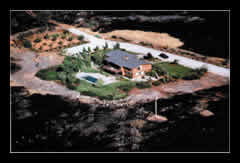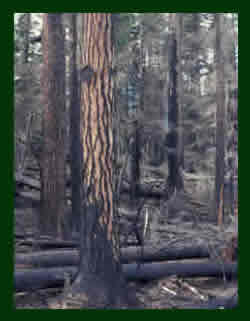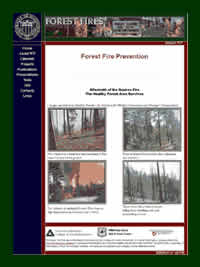|
Recent widespread and devastating wildfires in the Pacific Northwest
provide testimony that unmanaged forests represent a substantial
fire risk to nearby communities, wildlife (including endangered
species), watersheds, and forest health. Active management of these
forests could significantly reduce the fire risk.



|
- The most important goal when managing forests for fire
purposes is to reduce surface fuels and increase height
of live crowns. Also important is the reduction in canopy
closures. Treatments such as prescribed fires and mechanical
thinning are likely tools to achieve the removal of smaller
trees in order to help ensure forest health.
|
| |
- As a result of managing forests for both fire risk reduction
as well as overall health, many opportunities for the use
of small diameter timber will arise, in addition to numerous
other market and non-market economic benefits.
|
| |
- For a compilation of sequential forest fire photos, forest
fire behavior videos, and a link to an informative and interactive
forest fire management game, click here.
|
|













